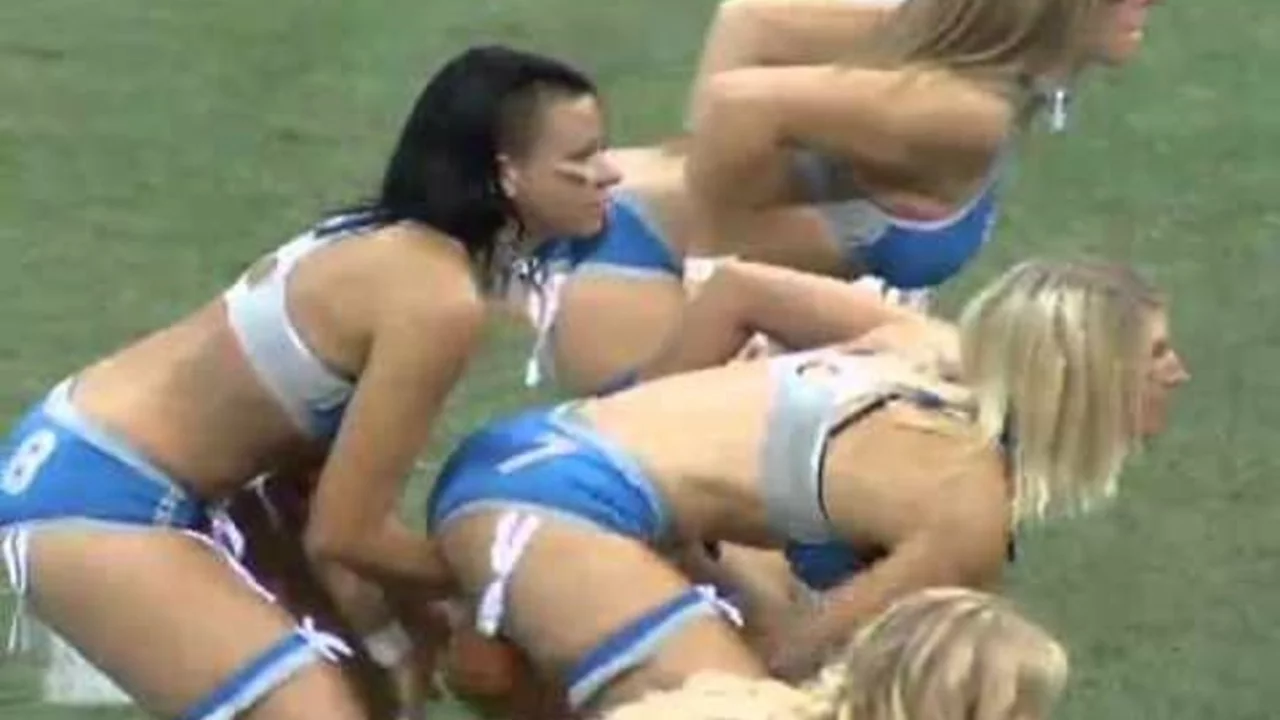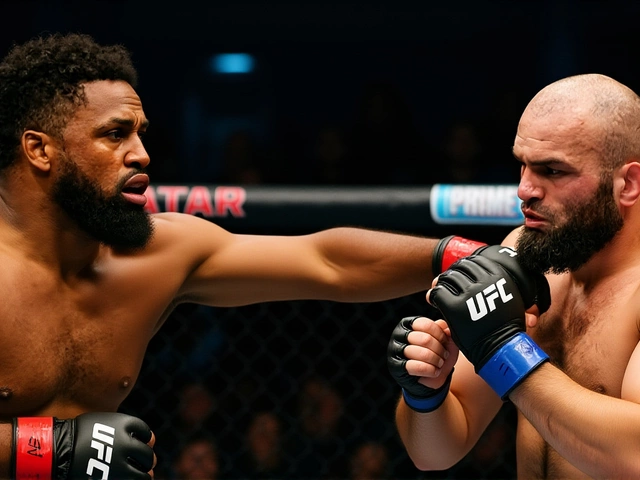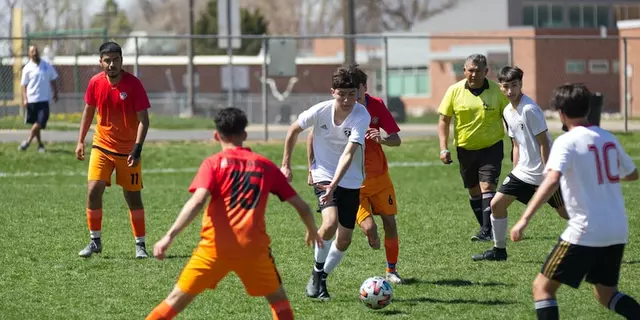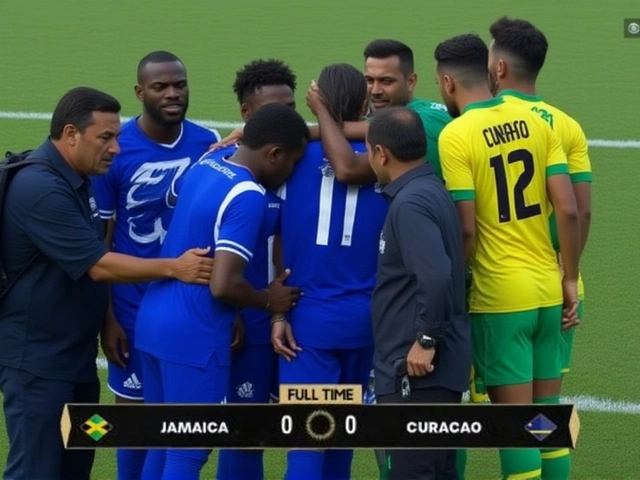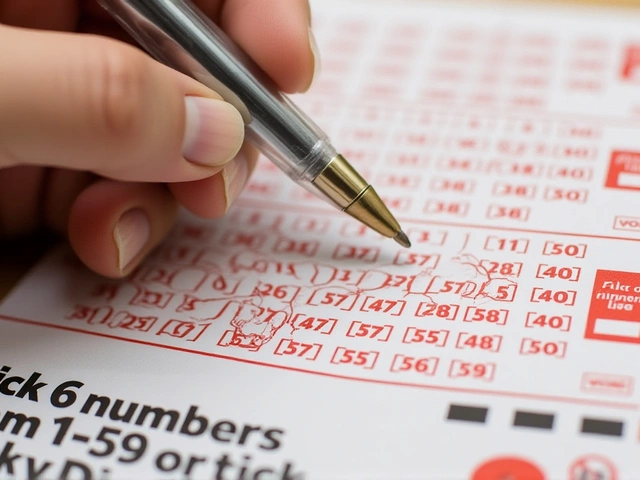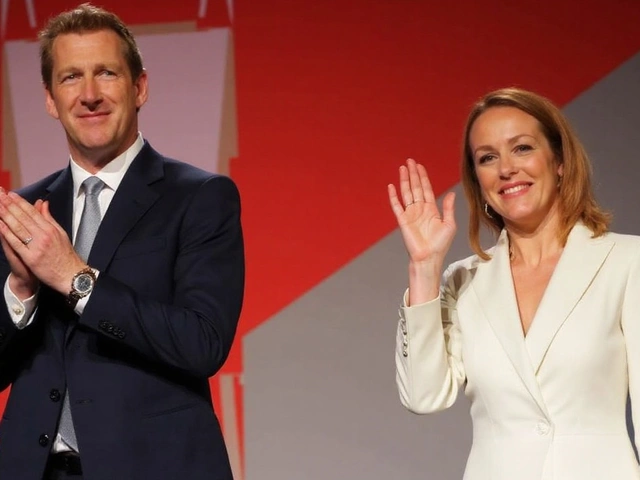Lesbian Players and Aberdeen Soccer: A Straight Talk
When you think of Aberdeen soccer, you probably picture the roar of Pittodrie, the famous blue jerseys, and the legendary goals. But there’s another layer many fans overlook – the lesbian players who have left their mark on the game. Their stories aren’t just about what happened on the pitch; they’re about breaking barriers, finding community, and pushing the sport toward a more inclusive future.
First off, let’s clear a myth: being lesbian doesn’t change how you play football. The skill, the sweat, the tactics – they’re the same. What does change is the environment around you. For decades, LGBTQ athletes faced silence, discrimination, or forced them to hide their true selves. In Aberdeen, a few brave women chose to stay authentic, and their experiences have slowly reshaped the club culture.
Early Days – Playing in the Shadows
Back in the 1970s and 80s, women’s football was already fighting for recognition. Add a same‑sex attraction to the mix and the pressure grew. Lesbian players often practiced in back‑rooms, swapped locker codes, and kept relationships private to avoid backlash from fans, coaches, or sponsors.
One anecdote from a former Aberdeen women’s squad tells how teammates used coded language during training. They’d call a “secret” drill “the rainbow run,” a playful nod to their hidden identities. It kept morale up while protecting them from unwanted scrutiny.
Why does this matter for today’s fans? Because those early struggles built the foundation for later openness. The quiet resilience of those players made it possible for newer generations to be more vocal about who they are.
Turning Points – Pride on the Pitch
The real shift started in the early 2000s. As LGBTQ rights gained public support across the UK, Aberdeen’s club leadership began to listen. A landmark moment came when the women’s team wore a subtle rainbow strip on their sleeves during a regional cup. It was a silent statement: we belong, we play, we’re proud.That small gesture sparked conversations in local media, school programs, and fan groups. Coaches started offering safe spaces for players to discuss identity without fear. The club even partnered with local LGBTQ charities to host awareness workshops before big matches.
Nowadays, you’ll see rainbow flags waving in the stands during pride events, and lesbian players openly discuss their lives in interviews. The shift isn’t just symbolic; it’s practical. Teams with inclusive policies report higher morale, better teamwork, and fewer disciplinary issues.
So, what can you, as a fan, do? Simple things make a big impact. Show support by attending pride matches, use inclusive language when chatting with fellow supporters, and celebrate the achievements of lesbian athletes just as you would any other star.
Aberdeen’s soccer story is richer because of these voices. When you watch a match, remember the players who dared to be themselves while chasing a ball. Their courage adds depth to every goal, every tackle, every cheer.
In short, lesbian players have helped shape Aberdeen football into a more honest, vibrant community. Their journeys remind us that sport isn’t just about scores – it’s about people, identity, and the freedom to play who we truly are.
